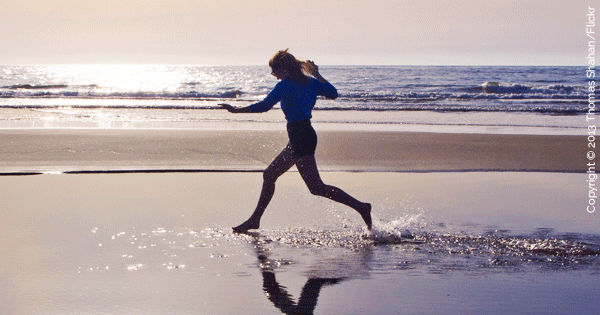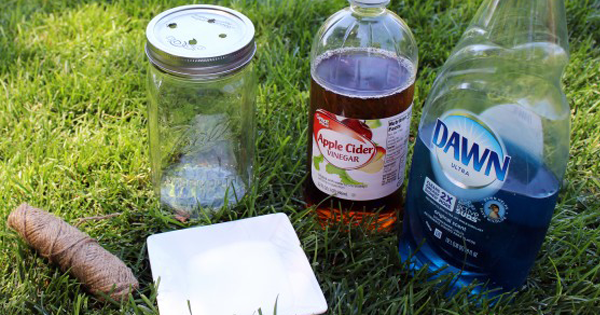Advertisement
If you feel unsteady on your feet when you are doing squats, deadlifts, or any other lower body exercise, the answer may be as simple as taking off your shoes. The raised heel and thick soles are there to help absorb the shock when you run, but that isn't always helpful with other exercises.
“They put the body in a completely different range of motion for some exercises, which can add undue stress to the spine, hips, and other areas,” said fitness coach Nathan Trenteseaux, owner of Underground Fitness Revolution in Alachua, Fla. “Raising your heels tilts your hips and pelvis forward… in an unnatural position.”
"Performing these exercises barefoot is also better for bodily awareness, which helps you nail proper form and can improve your balance and stability," Trenteseaux told Yahoo Health. “From the ground up, all of the nerve endings and receptors in the body get feedback from the feet."
This isn't to say that all exercises are best performed without shoes, nor should you walk around the gym barefoot--during these exercises, take off your shoes (but use socks--they're the most sanitary for a gym) only for the duration of the exercise, and then slip them back on before you start something else.
Get ready to kick off your shoes, because here are four exercises that you should be doing barefoot.
1. Kettlebell Swings. The raised heel in the average footwear causes people to lean forward, which is problematic during kettlebell swings where your balance is already being shifted forward. If you were to be doing this exercise correctly, you should be standing tall and straight, swinging the kettlebell back and forth. However, with the raised heel, your back tends to bow and your hips are pushed back--putting additional strain on both. Even worse: “If those heels are elevated, you can actually come up on your toes and fall forward — I've seen clients do that,” Trenteseaux said.
2. Squats. “It is so often that I’ll get a client that comes in and I’ll see them with running shoes on, and as soon as they try to squat, they’re falling over,” Trenteseaux said. “As soon as I say go barefoot, it almost immediately solves the issue." In a proper squat, you push your butt back as if you are about to sit in a chair. "Removing your shoes shifts your weight back, which makes this easier. People also tend to have better squat depth without shoes," Trenteseaux said, "so you get the full benefit of the exercise."
3. Deadlifts. Going barefoot for deadlifts is essential for your balance. It puts your body in the most natural and secure place in order to lift heavy weights. "Remember that an elevated heel tilts your body forward. You have to compensate for this during the deadlift by moving backward or taking a more upright posture. Both positions put your body off balance," Trenteseaux explained. “Everything begins with the feet. Everything starts from the ground up, so when we are barefoot, we are doing exactly what our body is made for.”
4. Calf Raises. "I also recommend barefoot activities for my patients," Dr. Nick Campitelli, a podiatrist in Akron, OH specializing in foot and ankle surgery, explains on his blog. "[Try] doing the calf raises without shoes using your toes to grip a rolled up towel to facilitate the use of your toes to strengthen your flexor muscles which in turn can make for a more stable foot. Making the foot more stable will take some of the workload off the plantar fascia and other intrinsic muscles of the foot and help ease the pain."
What do you think of these exercises? Do you already do these exercises barefoot? Will you? Let us know in the comments!
Copyright © 2013 Thomas Shahan/Flickr




